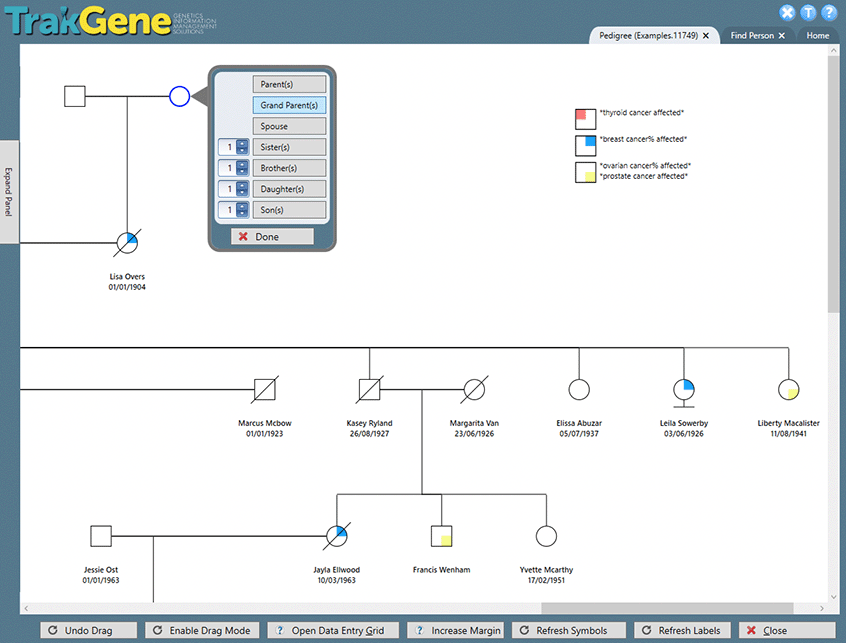
Our recent market research explored the IT challenges and issues being faced by users of clinical genetics software. If you haven’t already read our article on overall satisfaction with genetics IT systems, then we recommend checking that out first. In this article we reveal some of the main causes of dissatisfaction with genetics software and systems.
As before, the respondents included geneticists, data managers, genetic nurse counsellors, registrars and genetics researchers who were using a range of different systems; some of the systems were home grown Access databases / Excel spreadsheets, while others used Hospital Information Systems or systems purchased from independent software vendors.
Respondents were asked to rate both the frequency and the impact of a range of IT challenges and issues on a scale of 1 – 5, with 1 being infrequent or insignificant and 5 being high frequency or very significant. As part of the analysis, the frequency was multiplied by the impact to give an over all significance score. The significance score can range from 1 to 25, with 25 being the most significant.
Systems that are slow, crash frequently and that contain bugs have the biggest negative impact.
Slow performance, buggy software and frequent crashes were highlighted as the most significant issue that has a negative impact on genetic software user experience. The people most affected by this issue were clinic administrators, researchers and data managers.
Performance issues particularly affected commercial software purchased from independent software vendors and central Hospital Information Systems. Commercial software scored a 60% significance rating this area, with Hospital Information Systems closely behind at 56%.
Software and system performance is a complex area, which many factors that can impact on performance. Slow performance and crashes may be a result of poorly coded software, inadequate hardware allocation, database server performance, network latency and perhaps more likely, a combination of all of these factors. Developers of genetics software and systems can have a positive influence in this area by writing software that makes good and efficient use of hardware resources to run as efficiently as possible. The system as a whole needs a well designed application architecture to identify and resolve potential bottlenecks. Providing technical support to customers to help to identify causes of poor performance and working with IT departments to resolve any issues found will further improve user experience.
Hospital Information Systems and home grown systems lack the features required in the genetics system.
The second most significant issue identified was the lack of features in the system being used, indicating that there are user requirements that have not been met. Hospital Information Systems and in house Access databases were the most significantly affected by this issue. There is a lack of control over the features that can be included in very generic Hospital Information Systems, often used solely for demographics and referral and appointment management. Home grown systems, such as Access databases, will always be limited by the capabilities and resources available in house; in some cases this may be a single clinician who is developing the database on the side of their clinical role and this will limit the features that can be developed. Commercial software purchased from independent software vendors were shown to have the most features and provided higher levels of satisfaction. Specialist registrars, researchers and data managers are the roles that are most affected by the lack of features available.
Getting useful information out of genetics systems is a headache for clinical users.
Clinical users, such as researchers, specialist registrars and consultants, were the users that were most impacted by the inability to get useful information out of various genetics systems. Hospital Information Systems and Excel Spreadsheets were more greatly affected than other types of system.
Data visualisation tools, such as Microsoft Power BI, have been coming to the market and offer more sophisticated analysis and data visualisations; these tools also include the ability to load data from multiple systems to produce reports that combine various data sets. Growing awareness around how data can be used to add more value is also raising the expectations of genetics software users regarding what they want from their systems.
In addition to addressing performance issues and developing new features, genetics software vendors need to reconsider the value of the data in their systems and how various genetics users wish to utilise this data. Greater support for genetics services wanting to connect their genetics databases to third party data analysis tools is likely to reduce the problem of not being able to get meaningful data out.





